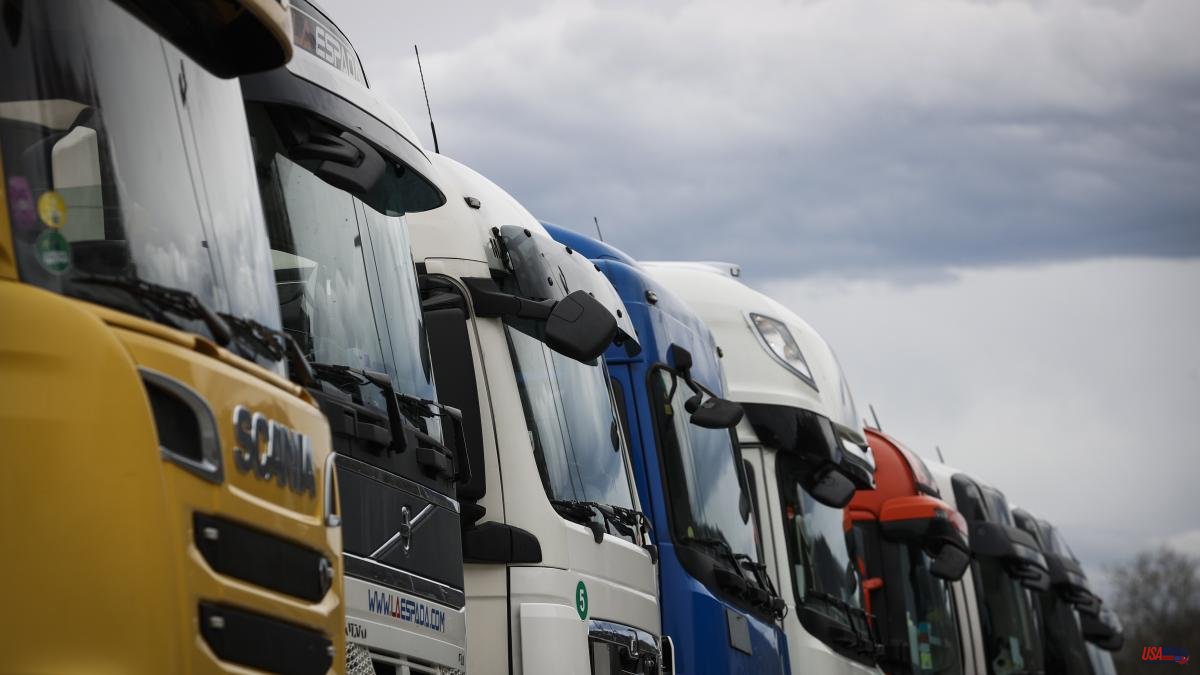If the Mediterranean corridor for passengers and goods is not strengthened by rail, the Mediterranean highway axis will end up having serious problems in a short time due to the saturation of truck traffic. In fact, from the French border to Lorca are the majority of sections that support more than 8,000 trucks every day, according to data from Fomento. In other words, truck traffic is denser and more intense in the Mediterranean than in any other area in Spain.
They point it out from the Office of the Mediterranean Corridor, which is directed by the commissioner Josep Vicent Boira. With the development data, and as can be seen on the map, the highways of Murcia, the Valencian Community and Catalonia drawn up on the coast are the ones that support the most heavy traffic. In the rest of Spain there is intensity in some axes around Madrid and also in the surroundings of Zaragoza. There is also heavy traffic on the Burgos-Vitoria connection due to the flow of Portuguese trucks towards the French border. Also between Algeciras and Malaga. (A piece of information: between Castellón and Catalunya there is no saturation on the map because it is prior to the liberation of the motorway and the trucks circulated on the CV10 autonomous highway)
But in no case is the saturation that exists on the roads of the Mediterranean observed. This reality means that there is more traffic congestion in these sections, with daily traffic jams such as the V-30 in Valencia; more pollution and more accidents. This situation also has urban effects due to the connections with the ports, which require the daily entry and exit of thousands of trucks. The ports of Valencia and Barcelona are the ones that generate the most heavy traffic on the Mediterranean slope, so the railway venture is the ideal one to reduce road traffic and avoid the negative effects of truck circulation near the cities.
Companies, aware of this situation, are looking for solutions. Seat, for example, has already organized its train service directly to the port and vice versa, a port-rail traffic that alleviates part of the road traffic. The port of Valencia is also looking for solutions to reduce the circulation of trucks.













